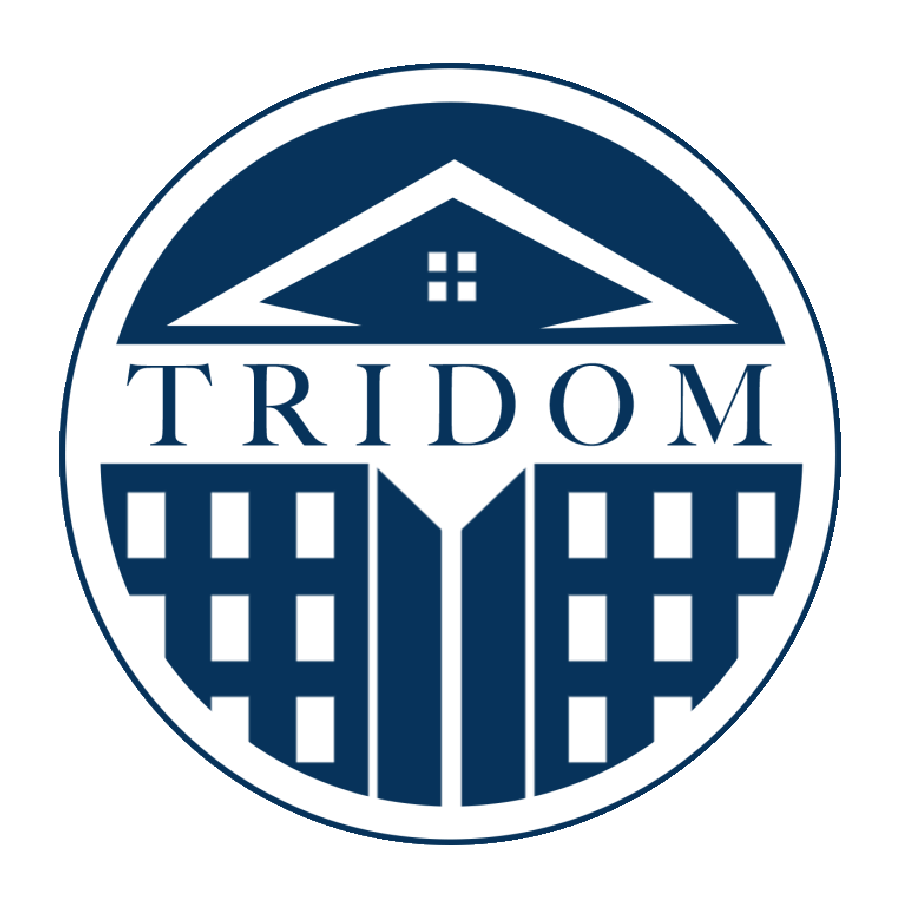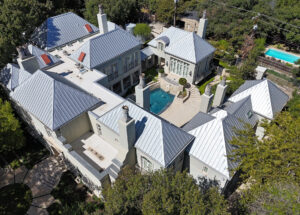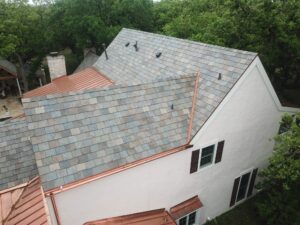The effects of roofing shingle color on energy efficiency
You have a lot to consider when you’re choosing a new roof, from aesthetics to energy efficiency — and those factors might be more connected than you think. Your choice of roof color can significantly impact your energy consumption from one season to the next.
the difference in efficiency for dark and light shingles
Let’s examine what you can expect from dark and light roof shingle colors and how they affect your home’s temperature.
Dark Roof shingle colors
In general, dark roof colors like black, dark gray and dark brown are the least energy-efficient. Their effect on your energy usage depends on the season.
In winter, dark roof shingles will absorb heat and inject some warmth into spaces below the roof structure. You’re likely to turn the heat on less often during these times, resulting in less energy consumption. That said, dark shingles will continue to draw in heat during summer days. You may need to use your air conditioner more at this time of the year. However, dark-colored shingles shed heat faster after sunset, with temperatures decreasing to roughly the same as light-colored shingle roofs at night.
light roof single colors
On the whole, light-colored roof shingles are considered the most energy-efficient — especially shades like white, light gray and light tan.
Because they have a higher reflectivity rating, light-colored roof shingles draw in less heat from the sun. Lower absorption keeps the rooms directly under the roof from getting too hot. As a result, you may run your air conditioning less often or at a lower intensity in summer. However, you may have to use your heating more in winter, increasing your utility bills.
how roofing materials affect energy efficiency
While color is a significant factor in energy efficiency, your roofing material also plays a role. We recommend choosing one of these energy-efficient shingle materials:
- Metal roof shingles: With a high solar reflectance index (SRI), metal roof shingles are the most energy-efficient option.
- Rubber roof shingles: These highly durable, quiet, hail-resistant tiles are incredibly reflective and excellent temperature regulators.
- Slate roof shingles: Slate roof shingles also offer a relatively high SRI to help keep temperatures consistent.
- Composite roof shingles: Made from recycled materials, light-colored composite roof shingles can be cost-effective for lowering energy consumption.
- Asphalt roof shingles with solar reflecting granules: Traditional asphalt roof shingles are less than ideal for efficiency, but newer asphalt roof shingles often feature solar reflecting granules that increase their SRI.
improve your roof's energy efficiency with tridom roofing
Whether you’re choosing a roof for a new home or updating the one you have now, trust Tridom Roofing for a job done right. Our technicians take pride in delivering a range of roofing services to the highest standards. We can help you choose the ideal color and material for your roof during a free consultation. Learn more about our residential roofing services and get in touch today!



